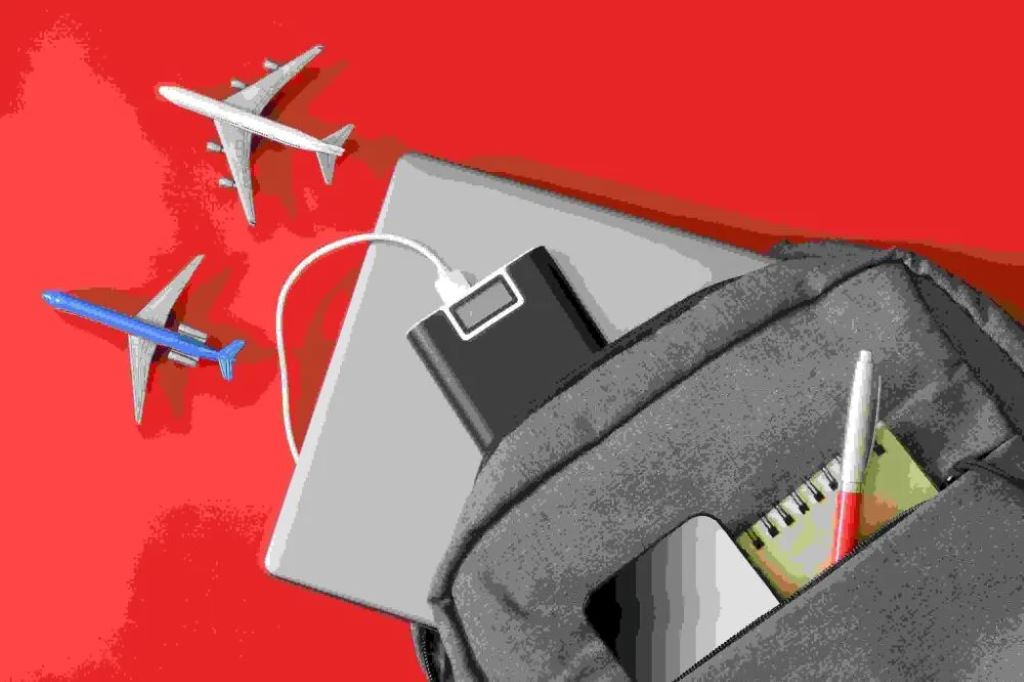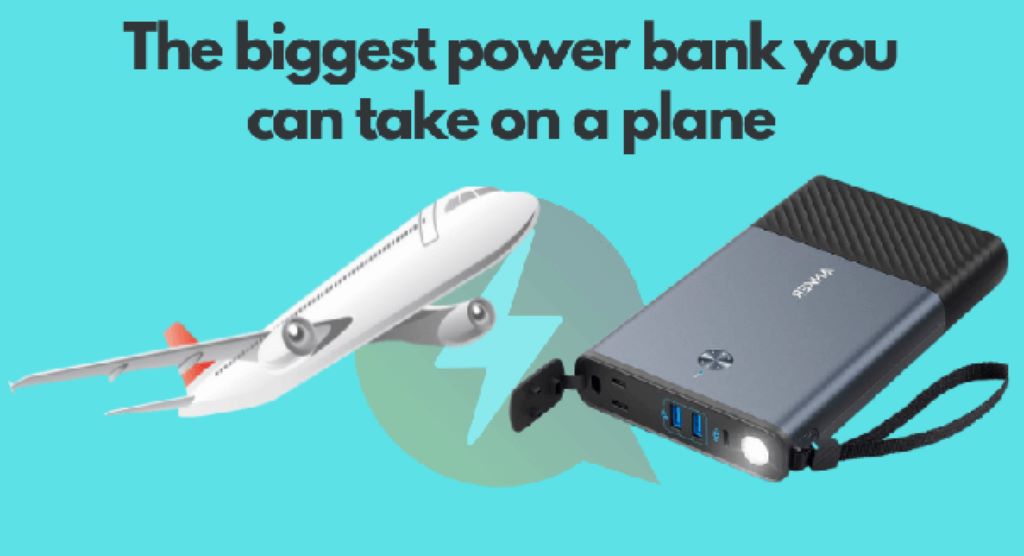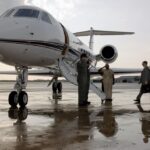If you’re a frequent flyer, you’ve probably relied on a trusty power bank to keep your devices charged during long flights. But with ever-increasing battery capacities, it’s important to know the rules about carrying power banks on airplanes. Can you take a 30,000mAh power bank on board, or will it be left behind at security?
Let’s break down the regulations, why they exist, and how you can ensure you’re always prepared on the go.
Understanding Power Banks and Airline Safety
Power banks are essentially portable batteries – they store energy to charge your electronics on the go. The key concern with batteries on airplanes is the risk of fire. Lithium-ion batteries, common in most power banks, can overheat and potentially catch fire, especially if damaged or mishandled. To mitigate this risk, airlines and aviation authorities worldwide place restrictions on the size and quantity of power banks you can bring on board.
The Magic Number: Watt-Hours (Wh)
The key to understanding the restrictions is not the power bank’s capacity in milliamp-hours (mAh), but its energy capacity in watt-hours (Wh). Here’s how to calculate it:
- Locate the mAh rating: It’s usually printed on the power bank itself.
- Locate the voltage (V): Also likely printed on the power bank.
- Calculation: (mAh / 1000) x V = Wh
For example, a 30,000mAh power bank with a 3.7V output has a watt-hour rating of approximately 111Wh.

Airline Rules: What’s Allowed and What’s Not
- Generally Allowed: Most airlines allow power banks with a capacity of up to 100Wh (around 27,000 mAh) in carry-on luggage. You’re typically allowed to bring up to two such power banks.
- Airline Approval: Power banks between 100Wh and 160Wh may be allowed with prior approval from your airline.
- Prohibited: Power banks exceeding 160Wh are usually forbidden from both carry-on and checked luggage.
So, a 30,000mAh power bank, with its typical rating exceeding 100Wh, would usually fall into the “airline approval needed” category.
Why the Size Restrictions?
The focus on watt-hours signifies the potential energy a battery holds. A larger battery with a higher watt-hour rating poses a greater fire risk in the unlikely event of a malfunction. The regulations balance the need for portable power with the safety of everyone onboard.
How Big of a Bag Fits Under an Airline Seat? A Carry-On Companion Guide
Tips for Traveling with Power Banks
- Check Airline Rules: Always visit your airline’s website or contact them directly for the most up-to-date regulations. Rules can vary slightly.
- Carry-On Only: Never pack power banks in checked luggage. This is due to limited fire suppression capabilities in the cargo hold.
- Original Packaging: If possible, keep the power bank in its original packaging or a protective case. This helps identify its specifications if questions arise.
- Permission in Advance: If bringing a power bank between 100Wh and 160Wh, contact your airline well in advance to obtain any necessary approvals.
- Be Prepared: Prepare to remove your power bank for security inspection, or if asked to do so by airline crew.
Alternatives and Considerations
If you need more power capacity than most airlines allow, consider these options:
- Smaller Power Banks: Use multiple smaller power banks within the allowed limits.
- Charging at the Airport: Many airports have charging stations.
- Airline Power: Some airlines provide in-seat power outlets. Check your flight’s amenities.
- Laptop Power Banks: Some specialized power banks with AC outlets are designed for laptops and may adhere to regulations (be sure to check).
Staying Safe and Charged
By understanding the “why” behind power bank regulations and following the guidelines, you can stay powered up on your travels while prioritizing everyone’s safety. Remember, always prioritize safety, and choose the charging solution that best fits your needs and adheres to the rules.



